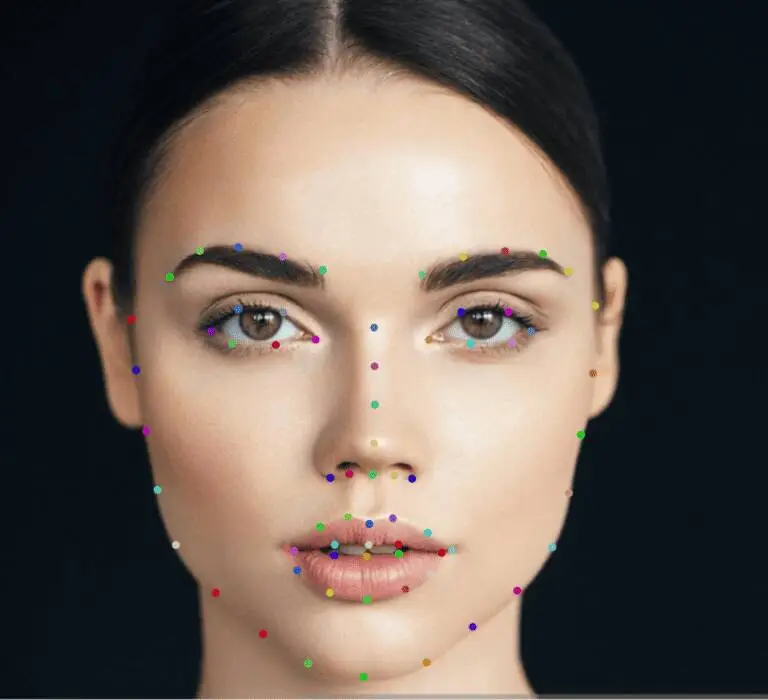In the realm of computer vision, keypoint annotation plays a crucial role in understanding the structure and spatial relationships of objects within visual data. Keypoints are specific points of interest that are annotated to mark critical features, enabling AI algorithms to recognize and analyze complex patterns. In this article, we will delve into the key aspects of keypoint annotation, its significance, advantages, disadvantages, industries utilizing this technique, and real-world applications.
Keypoint Annotation - What Is It?
Keypoint annotation involves identifying and marking specific points of interest on objects within an image or video. These keypoints act as anchors that define critical features, such as edges, corners, or landmarks, aiding computer vision models in detecting and understanding objects' configurations. By annotating keypoints, the algorithms can accurately identify and track objects in different contexts and orientations.
Significance of Keypoint Annotation
Keypoint annotation holds immense significance in computer vision applications for the following reasons:
Precise Object Detection: Keypoints provide precise localization of object boundaries, leading to accurate object detection and tracking in images and videos.
Robust Pose Estimation: For applications like human or animal pose estimation, keypoints enable algorithms to recognize body joints and movements accurately.
Semantic Feature Extraction: By marking keypoints on specific features, computer vision models can extract meaningful semantic information, enhancing the understanding of complex scenes.
Advantages and Disadvantages
Keypoint annotation offers several advantages:
Enhanced Accuracy: Keypoints provide a more precise and detailed representation of objects, leading to improved accuracy in object recognition tasks.
Efficient Analysis: Annotated keypoints simplify data analysis by focusing on critical features, reducing computational complexity.
However, it also comes with some limitations:
Subjectivity: Keypoint annotation may require subjective decisions in selecting the most relevant points, leading to potential variations among annotators.
Limited Generalization: The effectiveness of keypoint annotation relies on the availability of diverse and comprehensive training datasets, which may not always be feasible.
Industries Utilizing Keypoint Annotation
Various industries harness the potential of keypoint annotation in computer vision applications. Some notable sectors include:
Sports and Entertainment: Keypoint annotation is used in sports analytics to track athlete movements and optimize gameplay strategies. It is also applied in animation and special effects to enhance character movements.
Healthcare: In medical imaging, keypoint annotation is essential for precise organ localization, tumor detection, and surgical planning.
Manufacturing and Robotics: Keypoints aid in industrial automation by accurately identifying and manipulating objects on assembly lines.
Real-World Applications
:
Keypoint annotation finds applications in diverse fields:
Facial Recognition: By annotating keypoints on facial landmarks, computer vision systems can accurately recognize and authenticate individuals.
Gesture Recognition: Keypoint annotation helps identify hand and body gestures, enabling natural human-computer interaction.
Object Tracking: Keypoints facilitate robust and real-time object tracking in video surveillance and autonomous vehicles.
Unlock the power of keypoint annotation with InfoScribe's comprehensive annotation services:
https://infoscribe.ai/en/
Hours
Monday - Saturday: 08:00 AM - 9:00 PM
Location
15 Av. Guy Môquet, 94340 Joinville-le-Pont,
France
Production units
Ankerana
Antananarivo,Madagascar
 APPOINTMENT
APPOINTMENT
